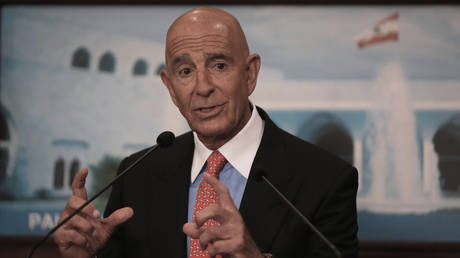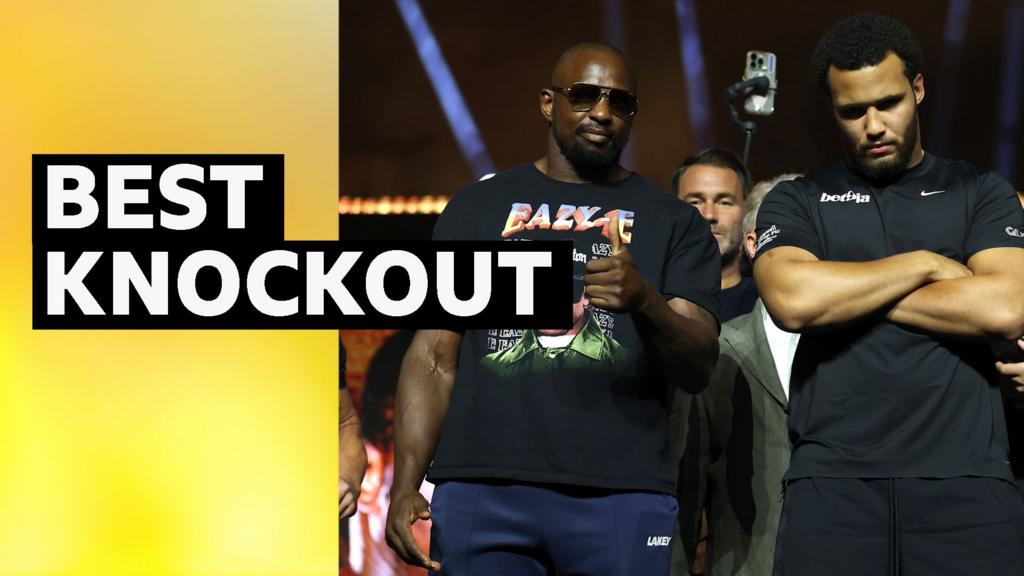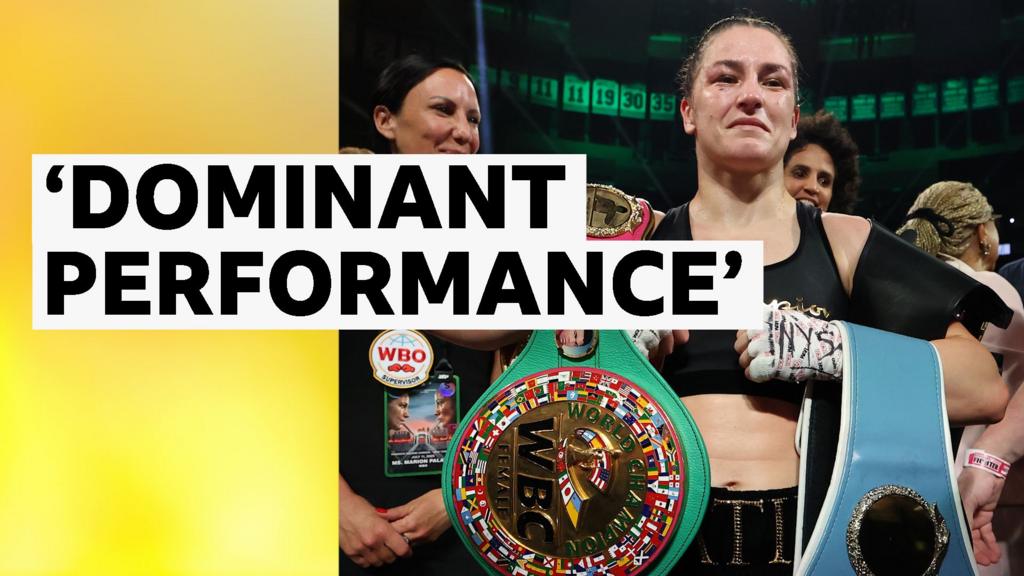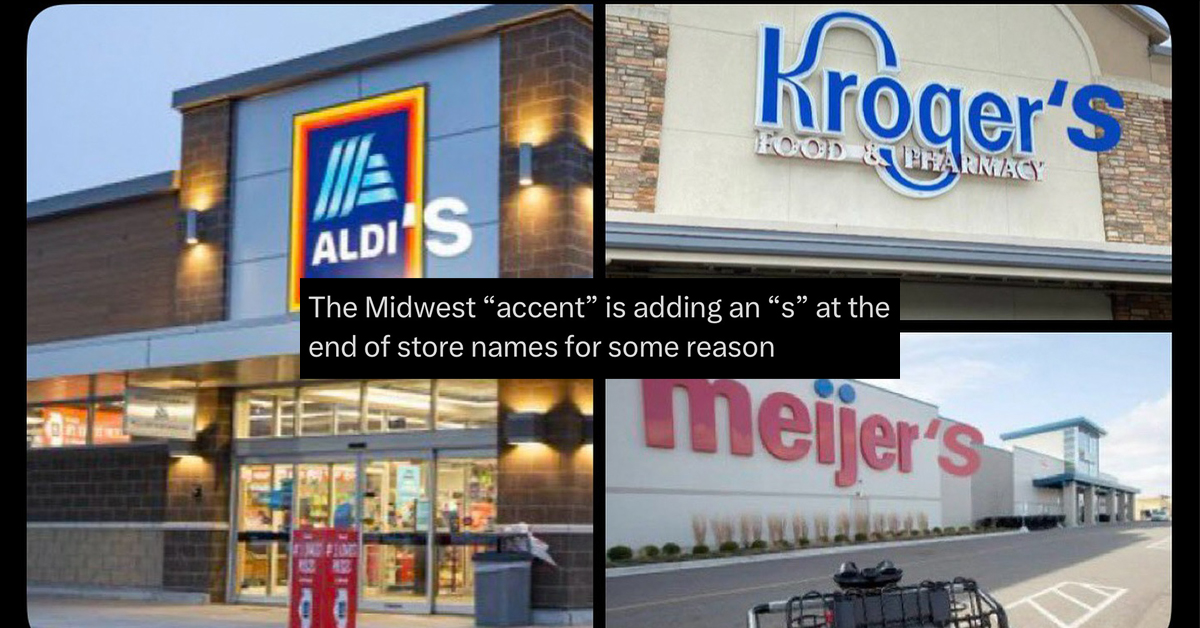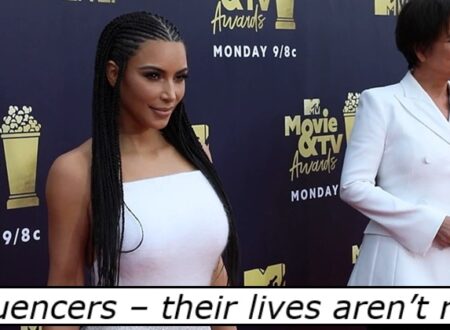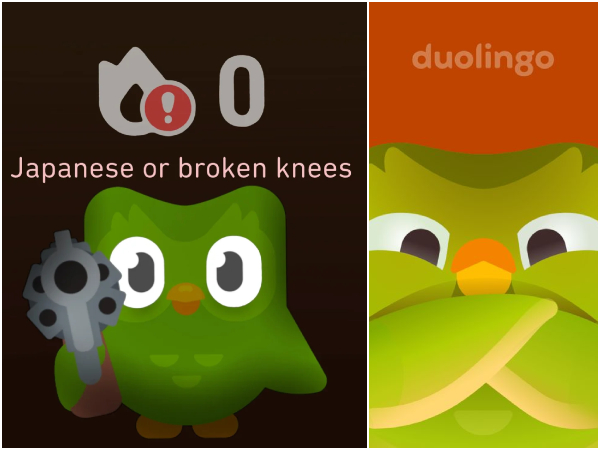What really comes after DEI?

Diversity, equity, and inclusion (DEI) has faced a lot of backlash recently. Once celebrated as a win-win solution that tackled systemic injustice and boosted business performance, DEI has become politicized and scrutinized within an inch of its life.
As it was happening, those of us working to advance DEI didn’t adjust as the ground shifted beneath our feet. DEI was recast as an anti-meritocratic overreach that prioritized identity over skills or qualifications. Whether or not it was true (it wasn’t) didn’t matter. The new narrative gained traction and dismantling DEI became a political talking point.
Then it became policy. Ever since executive orders promised to revoke federal funding from organizations committed to DEI, there’s been a scramble to pivot, roll back, or rebrand DEI programs. My colleagues have been forced to figure out how they can still create space where diversity can flourish and avoid the ire of political actors with dubious motives.
The replacement: Pluralism?
In a recent The New Yorker piece titled “What Comes After D.E.I.?” writer Emma Green floated a new term as a possible successor: pluralism. Unlike DEI, it has no political baggage, and its academic name and origin give it an air of neutrality. But I believe that neutrality may be a massive problem.
I knew pluralism well from my days in seminary. Pluralism is, in the words of Harvard University’s The Pluralism Project, “an ethic for living together in a diverse society: not mere tolerance or relativism, but the real encounter of commitments.” It promotes the enthusiastic embrace and discussion of all viewpoints. When viewpoints clash, pluralism says you should seek to understand opposing perspectives and ways they are valid for those who hold them.
Maybe that’s why I bristled when someone first suggested pluralism as a suitable alternative to DEI in business.
In academia, there’s an understanding that students are there to learn how to think, reason, and engage differences. It’s a space tailor-made for the kind of thoughtful conversations pluralism promises. For pluralism to function there must be grace, and a classroom can offer that in spades. But business is different. Our hiring teams aren’t admissions departments; they’re hiring people for practical skills we expect them to already have. When someone falters in the workplace, a business’s prerogative isn’t to extend grace. It’s to fix the problem, move on, and minimize risk.
Pluralism may offer compelling language for navigating systemic injustices, but real social change demands structural and cultural commitments that pluralism isn’t designed to make. Pluralism assumes a lot that isn’t often true in business: that we enter dialogues on equal footings, that all perspectives are welcome, that harm can be explored intellectually, and that participants have significant self-awareness and emotional intelligence. But in a workplace, harm is real—it is lived and carries consequences.
I’m curious if the sudden interest in pluralism isn’t because it’s a logical next step from DEI, but because it seems easier. While it isn’t equitable, you can see how well-intentioned execs could sell it as such: “agree to disagree” as corporate policy. But that’s the problem. Pluralism isn’t designed to address inequity or redress harm. It’s a posture for conversation without accountability. It feels like we’re circling back to well-intentioned but misguided thinking—like the “I don’t see color” statements that sought to solve systemic injustices by ignoring they exist. A Band-Aid on an open wound.
Create space for real conversations
In 2020, many people were shocked to learn there was an infection under that Band-Aid. For some business leaders, the protests following George Floyd’s murder were the first time they felt just how much their colleagues of color were suffering under systemic inequity. For others, it was the first time they asked: What’s my responsibility? How can I be an ally?
But people were looking for something they could do in that moment, and DEI was the obvious answer—except creating a true culture of diversity, equity, and inclusion isn’t something that can happen overnight. It can’t just be handed off to HR.
When people raised issues–– some legitimate, others less so–– we shrugged them off. Without realizing it, we created new divisions that metastasized into today’s backlash. The problem was never DEI; it was how we as leaders chose to implement it.
Simply swapping DEI for “pluralism” is punting the real issue. Replacing a word in corporate handbooks won’t build equity culture, and it won’t keep workplaces from falling apart when real conflict hits.
As leaders, we’re ultimately on the hook—not for adopting new vocabulary, but for showing up every day with clarity, honesty, vulnerability, and intention. This is the only way to create workspaces where hard conversations aren’t just allowed; they’re expected.
If pluralism has anything to offer the business world, it’s as a complement to DEI, not a replacement.
Natasha Nuytten is CEO of CLARA.
What's Your Reaction?
 Like
0
Like
0
 Dislike
0
Dislike
0
 Love
0
Love
0
 Funny
0
Funny
0
 Angry
0
Angry
0
 Sad
0
Sad
0
 Wow
0
Wow
0




